Femia > Health Library > Getting Pregnant > Trying to conceive > When you feel ovulation pain is it too late? Timing, conception, and what it means for pregnancy
When you feel ovulation pain is it too late? Timing, conception, and what it means for pregnancy
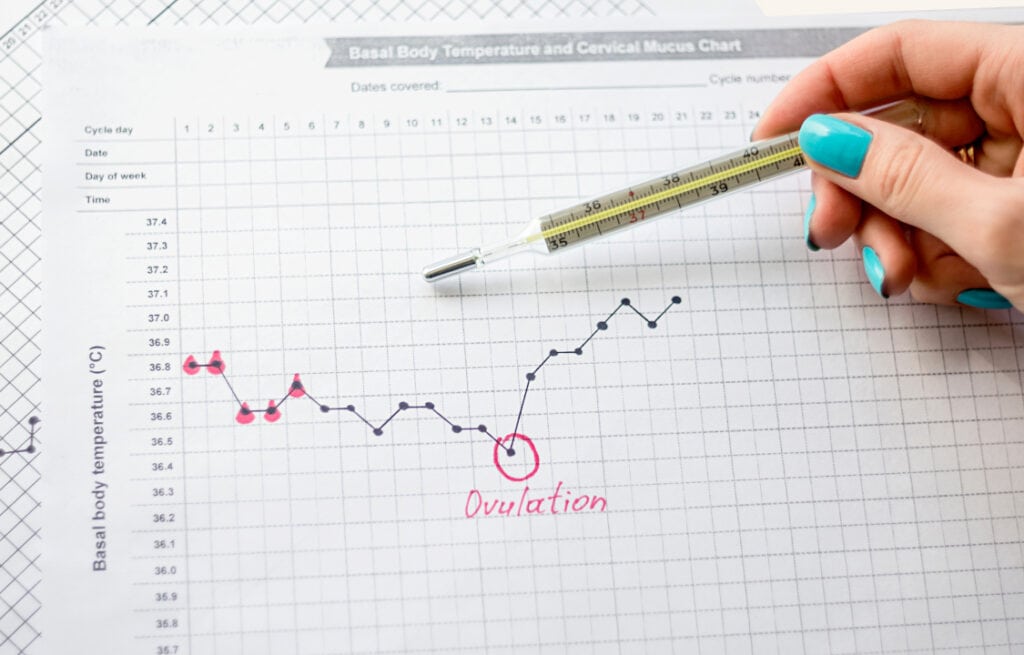
- Updated Mar 2, 2025
- Published
CRAFTED BY HUMAN
Crafted by human At Femia, we provide accurate and up-to-date information at every stage of your journey, from trying to conceive, pregnancy and postnatal support. All content is created by a real person based on in-depth research and own professional experience. Femia ensures that you will receive expert advice, strict accuracy and a personalized approach from our authors/medical experts. Learn more about our editorial policy.
FACT CHECKED
Fact checked At Femia Health, we maintain the highest standards of editorial excellence in delivering content focused on helping you conceive, guiding you through pregnancy, and supporting you postpartum. Explore our content review principles to learn how we ensure the accuracy and quality of our health and lifestyle tips for every stage of your journey.

Created with Hector Chapa, MD, FACOG, Clinical associate professor, Obstetrics and Gynecology Texas A&M University, College of Medicine in Bryan-College Station, USA
You may worry that ovulation pain is a sign that ovulation has passed and it’s no longer possible to conceive. However, conception may still occur if intercourse happens that day or possible the day after.
Just keep in mind that lower pelvic pain is not specific for ovulation and may be caused by other issues like gas pains, bladder spasms, or abdominal muscle aches.
Ovulation pain is a common symptom of ovulation. Many women experience lower abdominal/pelvic discomfort around the time they ovulate, though they may not notice the timing until they start paying closer attention to their cycles while trying to conceive.
When you’re trying to get pregnant, understanding your cycle can improve your chances of conception. Timing sex during your fertile window is essential, so it’s worth paying attention to your cycle and symptoms each month. Many couples use fertility trackers and ovulation tests or pay close attention to bodily changes, such as changes in cervical fluid, to gain a better understanding of when they are fertile.
Ovulation pain is another symptom you might experience that can help you identify where you are in your cycle.
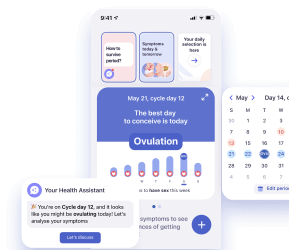
What is ovulation pain?
Ovulation pain (Mittelschmerz) is a common symptom of ovulation and is generally nothing to worry about. Ovulation pain usually occurs around 14 days before your next period. For those who do experience ovulation pain, it can vary in length from a few minutes to over 24 hours of discomfort. It can feel like sudden, sharp cramps or a dull pain in your lower abdomen and pelvis. It only affects one side at a time, depending on which ovary releases the egg that month. Some women notice spotting, light vaginal bleeding, or an increase in vaginal discharge around this time.
👉Find out more: Understanding ovulation symptoms: Mood changes explained.
How long after ovulation pain is the egg released?
There are a number of hormones that play a role in your reproductive cycle. A surge of one of these, the luteinizing hormone (LH), causes ovulation—the process by which an egg is released from the ovary. The LH surge happens first. This can be tracked with urine ovulation home kits. This surge typically happens 24-36 hours before ovulation, so the ovulation pain may follow this LH increase.
The good news is that this means it’s not too late to conceive during this cycle if you’ve recently experienced ovulation pain. As the egg has around 24 hours of life after ovulation, conception may happen if unprotected sex happens on this day.
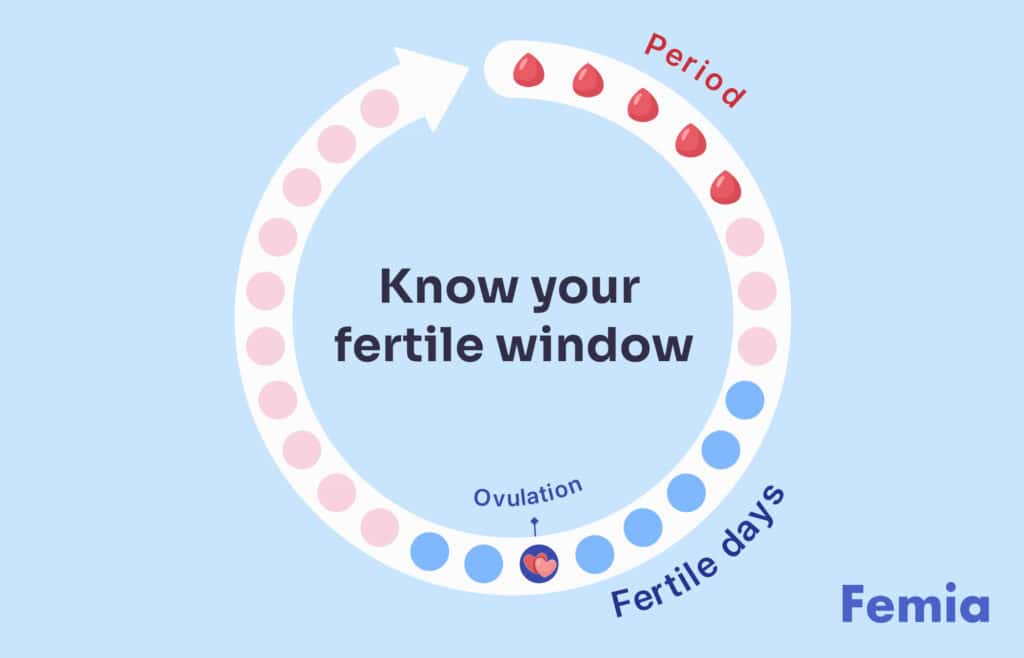
When you feel ovulation pain, is it too late to conceive?
Ovulation pain doesn’t signal an end to your fertile window; in fact, you can still conceive after ovulation. An egg can survive 24 hours after release, so you have up to a day after ovulation to conceive.
It’s also worth noting that sperm can survive inside your body for up to five days, so you don’t necessarily need to have sex on the day of ovulation to fall pregnant. Your fertile window begins up to five days before ovulation and ends the day after. As long as you’ve had sex during this time, you have a chance of conceiving. To increase your chance of pregnancy, you should have regular sex during this period.
👉Find out more: How to put pillow under hips to get pregnant.
Ovulation pain and pregnancy success
While ovulation pain is helpful for identifying your fertile window, it doesn’t affect how fertile you are or the ease you’ll have conceiving. Ovulation pain doesn’t improve your chances of success beyond helping you to time sex during the period it will be possible to get pregnant.
👉Find out more: Enhancing fertility naturally: A guide to fertility supplements and foods for women.
Does cramping during ovulation mean pregnancy?
No, cramping during ovulation doesn’t indicate pregnancy. Cramping during ovulation simply means you are one of the 40% of women who experience ovulation pains. This is a normal symptom of ovulation and doesn’t indicate your chances of pregnancy.
However, cramping can sometimes also be a symptom of a fertilized egg (blastocyst) attaching itself to the wall of the uterus. This usually happens around a week after ovulation, so keeping track of your cycle will help you differentiate whether you’re feeling ovulation pain or the first early symptoms of successful conception.

The bottom line
Ovulation pain is a common symptom of ovulation. It is not understood when or why exactly ovulation pain occurs, though it is thought to be connected to the surge in luteinizing hormone around the time of ovulation. So, it can help give you a rough idea of when your fertile window is. To find out more accurately when you’re ovulating, it’s best to use an ovulation test or look for other signs, like a rise in your basal body temperature.
Because we don’t know exactly whether ovulation pain occurs before, during, or after ovulation, don’t worry if you’ve experienced it this month—you still might be able to conceive. Sperm can survive in the female body for up to five days, and an unfertilized egg can survive up to 24 hours after ovulation. So, as long as you have sex within this fertile window, it’s possible to get pregnant.
Understanding your cycle and pinpointing your fertile window can help improve your chance of pregnancy. Once you know when it occurs, having regular sex, ideally every other day, can improve your chances of conception. For more personalized advice on boosting your chances of conception, Contact your OBGYN.
References
- Gibbons T, Reavey J, Georgiou EX, Becker CM. Timed intercourse for couples trying to conceive. Cochrane Database of Systematic Reviews 2023, Issue 9. Art. No.: CD011345. DOI: 10.1002/14651858.CD011345.pub3. Accessed 21 July 2024. https://www.cochranelibrary.com/cdsr/doi/10.1002/14651858.CD011345.pub3/full.
- Brott NR, Le JK. Mittelschmerz. In: StatPearls. StatPearls Publishing, Treasure Island (FL); 2023. PMID: 31747229. https://europepmc.org/article/MED/31747229/NBK549822#free-full-text.
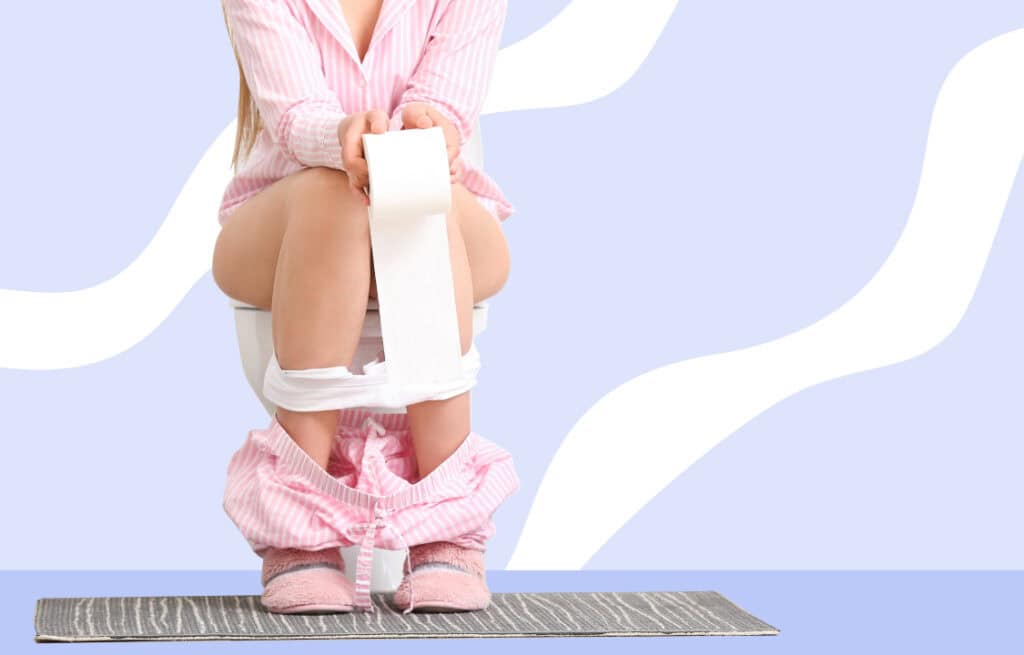
Learn is diarrhea a sign of pregnancy, its other reasons, early pregnancy symptoms alongside digestion issues, and treatment options.
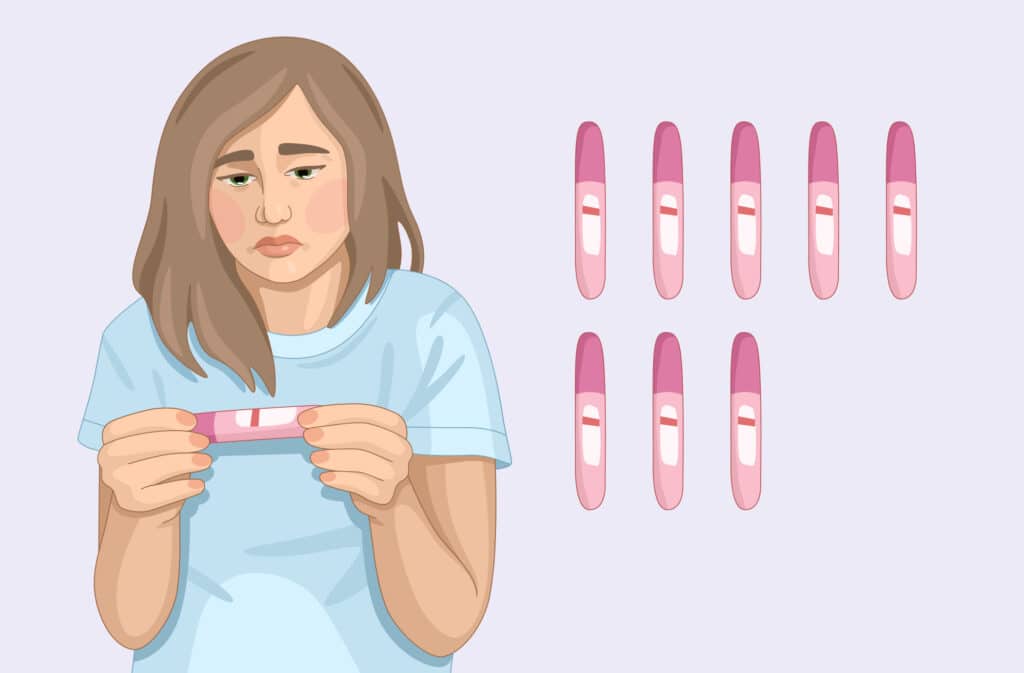
Learn about female infertility, including common causes, how to know if you’re infertile, and what treatment options are available. Find support and guidance for your fertility journey.
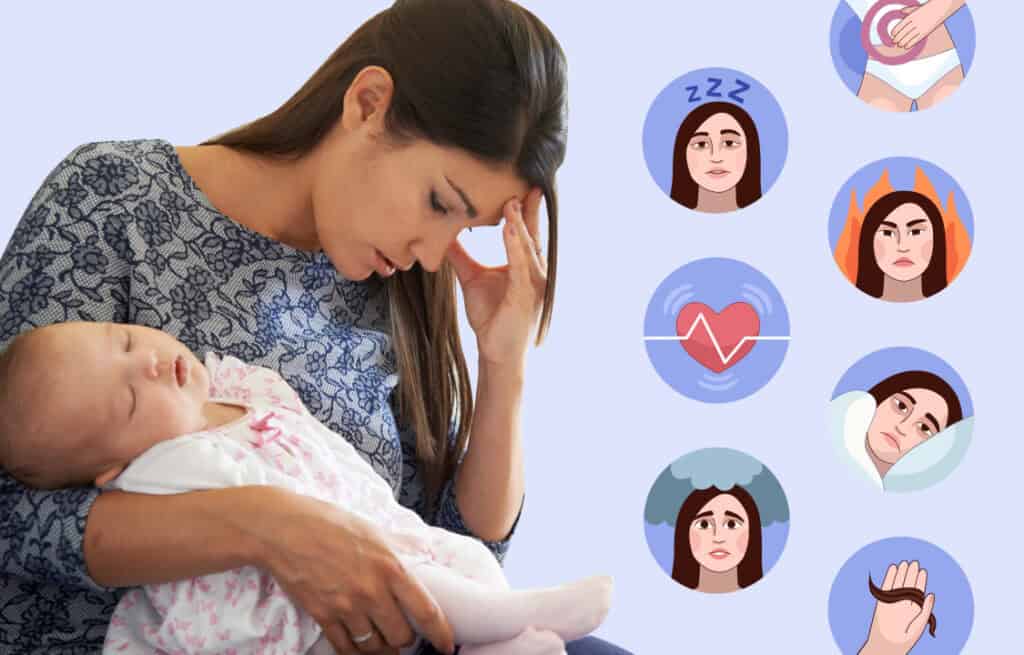
Learn the simple tips you can add to your routine to help balance postpartum hormones for a quick and smooth recovery.
